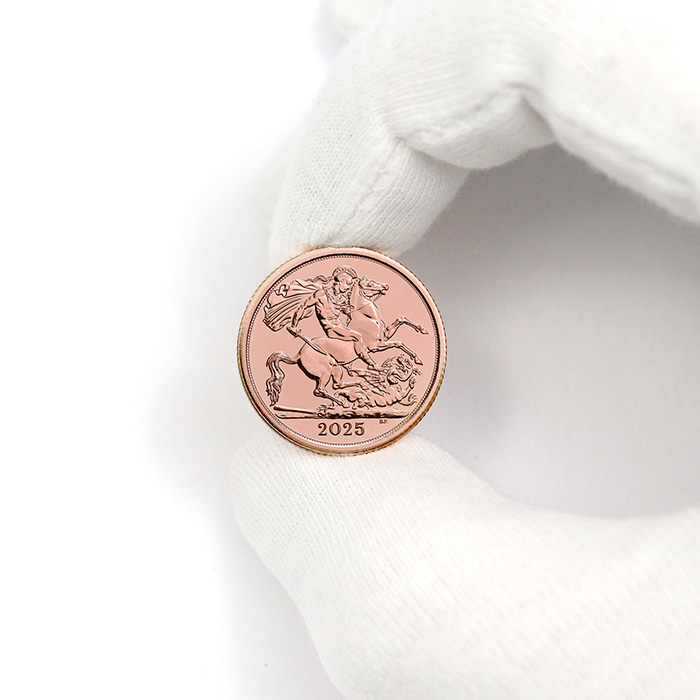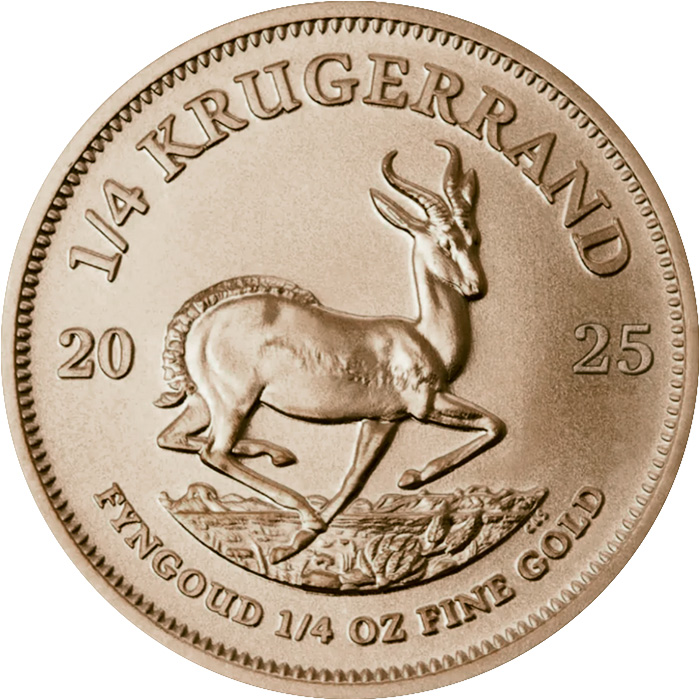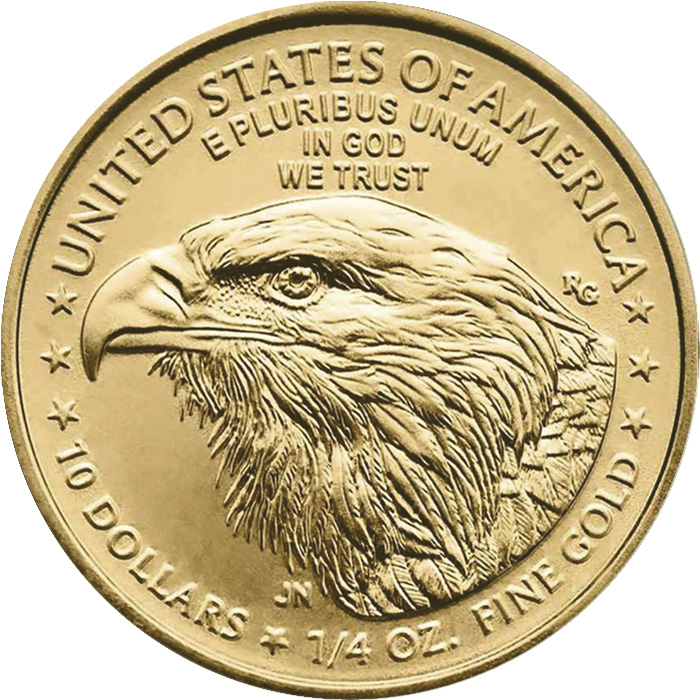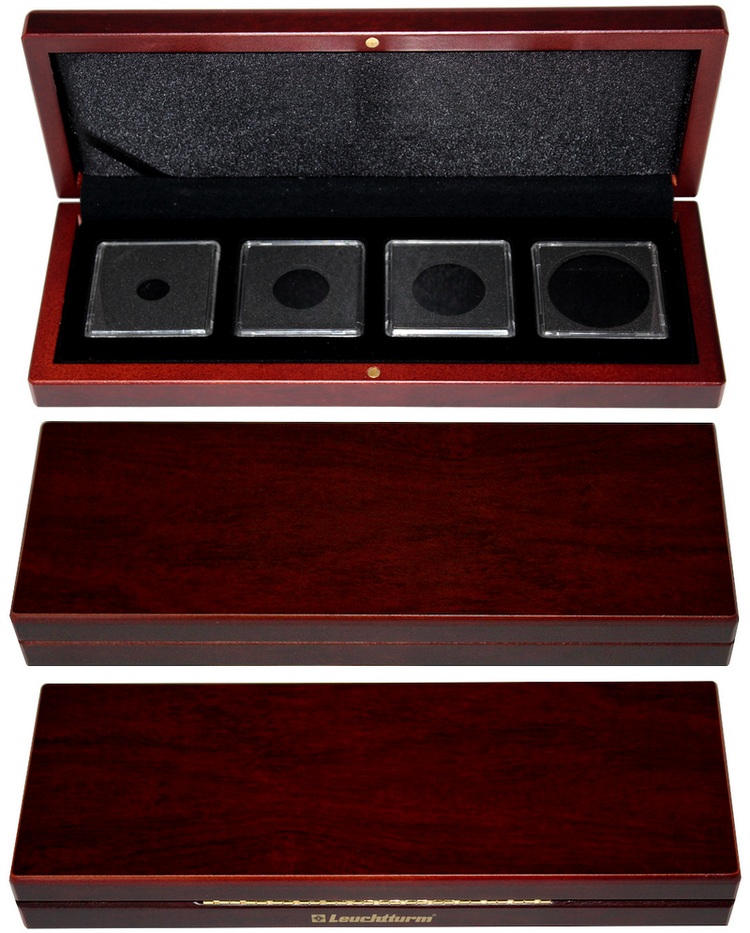Sovereign King Charles III.
exempt from VAT
Card payment is not possible for this product.
NOT IN STOCK
650,26 EUR
View the product
Detailed description
" We do not distinguish the motive or the year of issue for these investment products. If you are interested in a specific year of coin, please contact us at any of our branches."
The Sovereign King Charles III.
The Sovereign gold coin is one of the most important British coins. It is issued annually with a total weight of 7.988052 g in 22 carat gold purity (containing 7.322381 g of pure gold, the remainder being an admixture of copper). The purity of these coins is guaranteed to five decimal places, making it the most highly specified coin in the world. In its millennial history, the British Royal Mint minted gold Sovereigns for the first time between 1817 and 1917. This was due to the British government's decision in 1815 to stabilise the currency of Great Britain due to the economic difficulties following the French Revolutionary Troubles and the Napoleonic Wars. The Sovereign was reissued in 1925 and has continued to be minted since 1957. Today it is the oldest coin in the world still minted. The coin is named after the English gold sovereign, which was minted between 1489 and 1604 during the reign of Henry VII.
The coin bears on its reverse a neoclassical image of St George on horseback by the Italian engraver and medallist Benedetto Pistruccio. St George holds a sword in his right hand and draws the horse's reins with his left arm. His body is not protected by any armour, except for a helmet, flowing cloak and light sandals he is naked. The saint's horse rears up over the wounded dragon. The present design differs little from that of 1821. The design includes the year of issue and the artist's initials "B.P." at the bottom of the coin.
The historical motif underwent modifications in the first years of minting. The original design depicted St. George with a broken spear, another part was impaled in a dragon and part was lying on the ground. The spear was replaced by a sword in 1821. The figure of the saint, his cloak and clasp or the robustness of the horse have also evolved. The most common change was the tail, flowing from the helmet as originally designed in 1817. The tail is absent on coins from 1821, reappears in 1887, undergoes modifications in 1893 and 1902, and is removed again in 2009.
The obverse bears the first coin portrait of Charles III by the British sculptor Martin Jennigs. The description of the coin states "CHARLES III - DEI - GRA - REX - FID - DEF". The initials of the designer "MJ" are included.
Product Specifications
Buyback contact form
We will be happy to buy investment metals purchased from us or from our competitors. Our customers always get the highest price offered at any given time. Fill out the form below and we will contact you. Thank you for your trust.













































